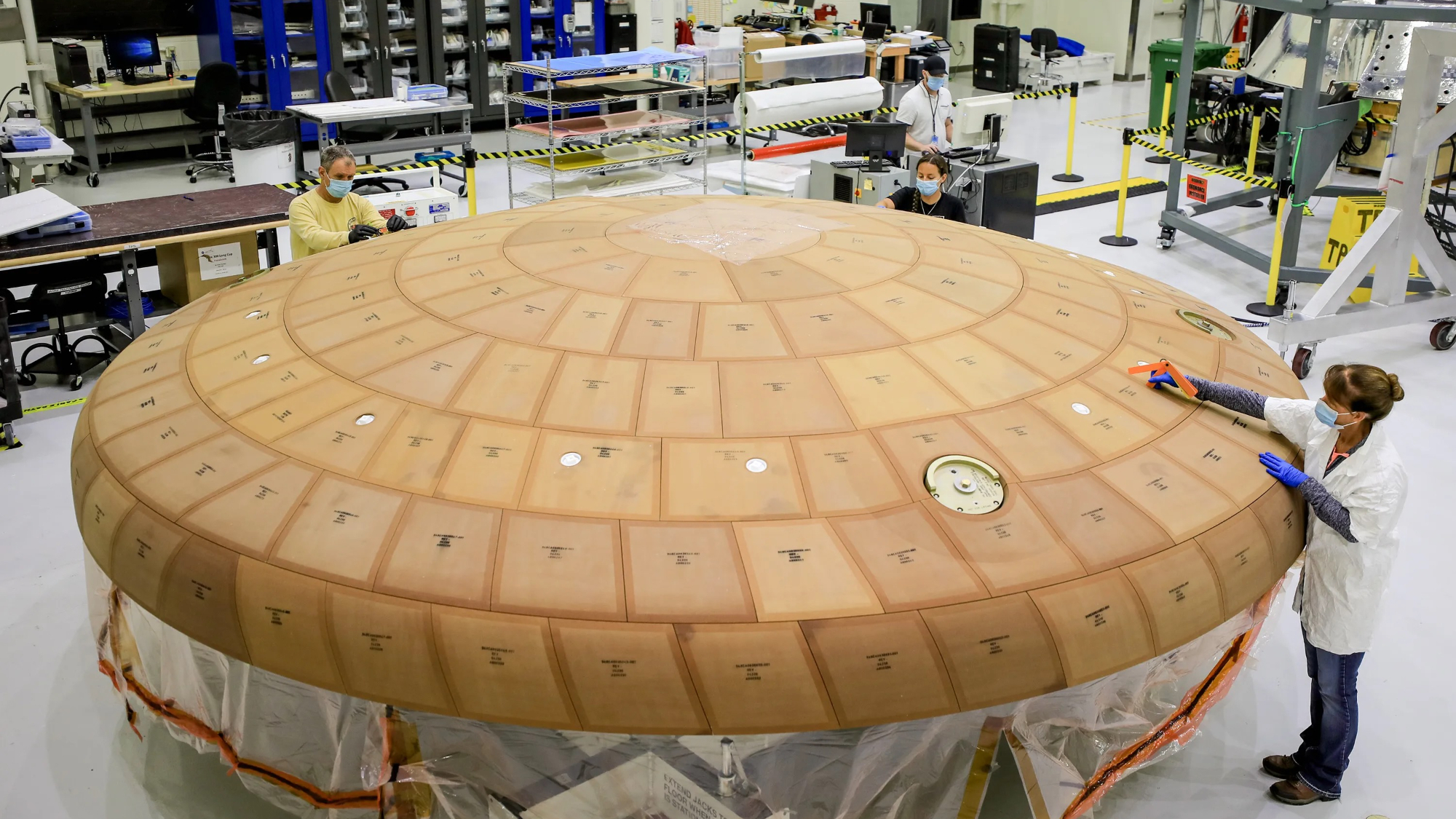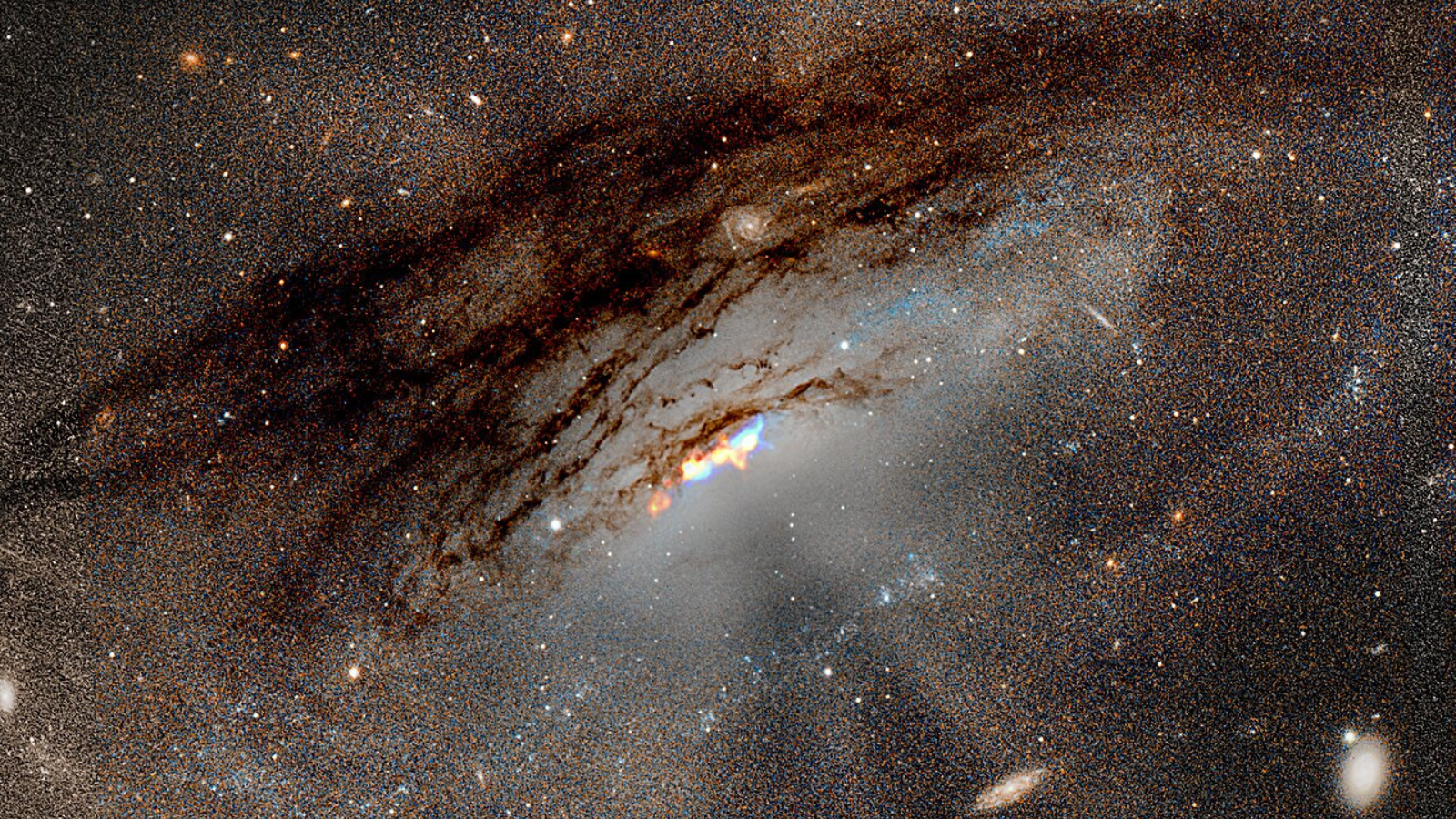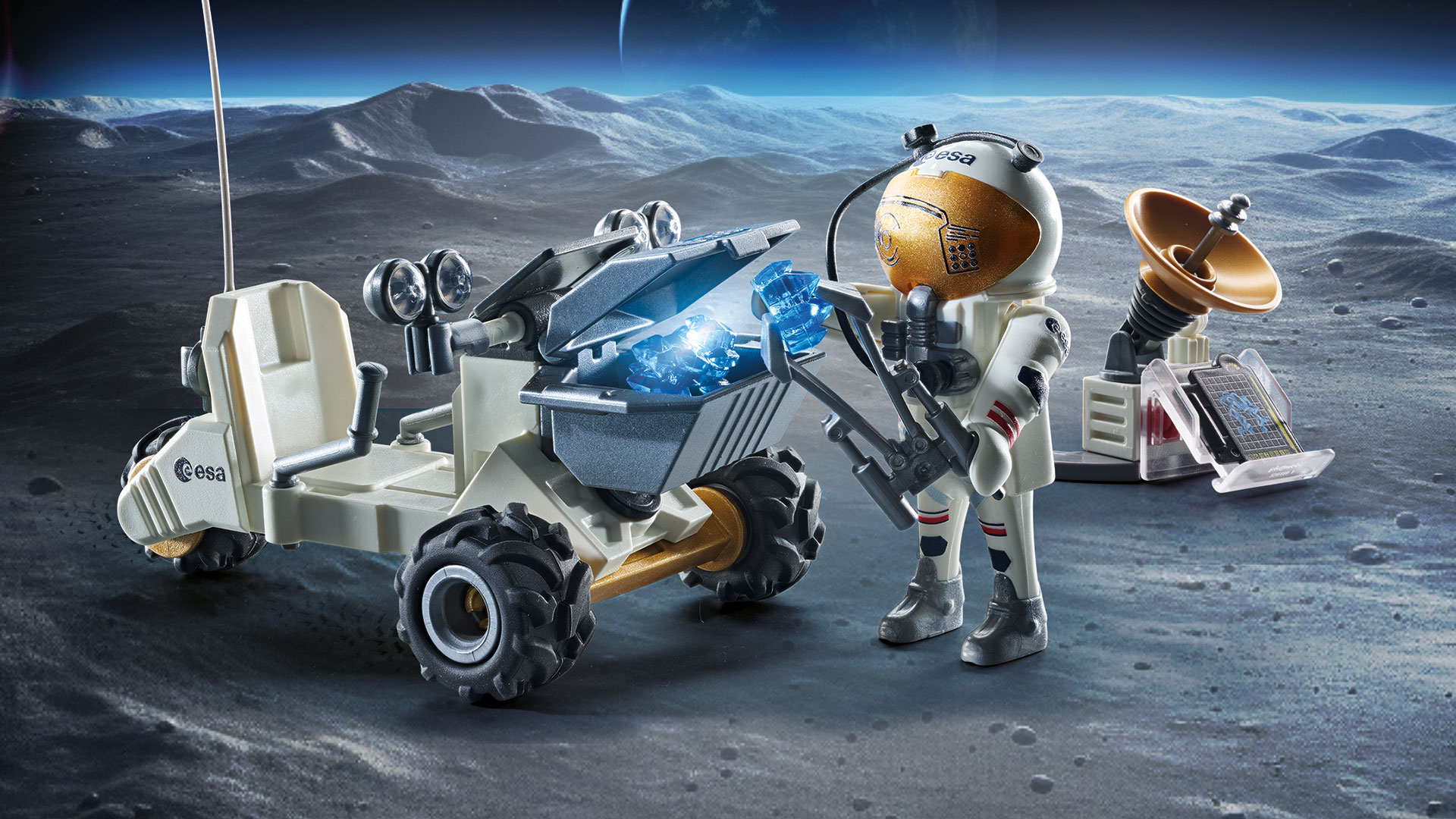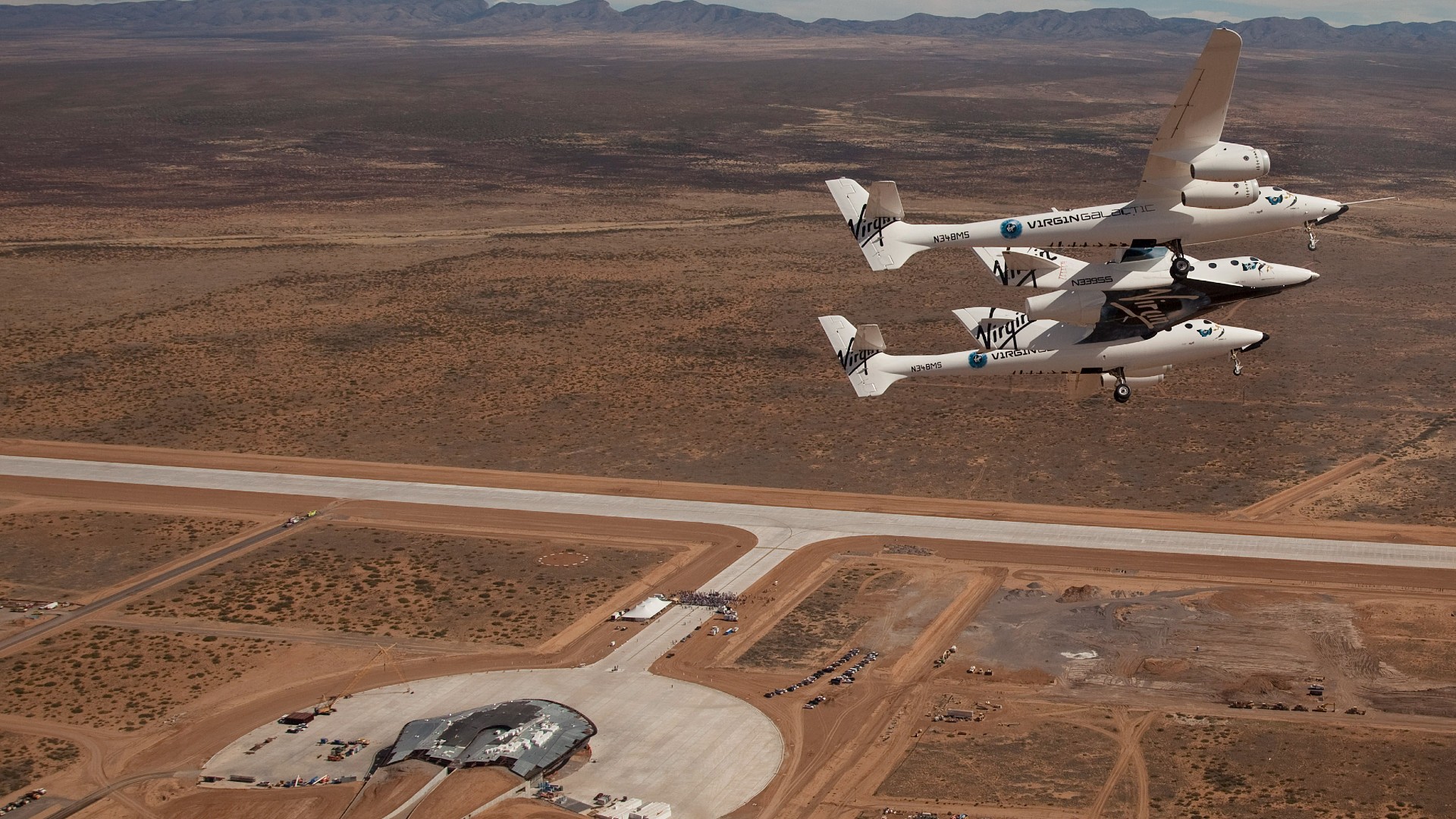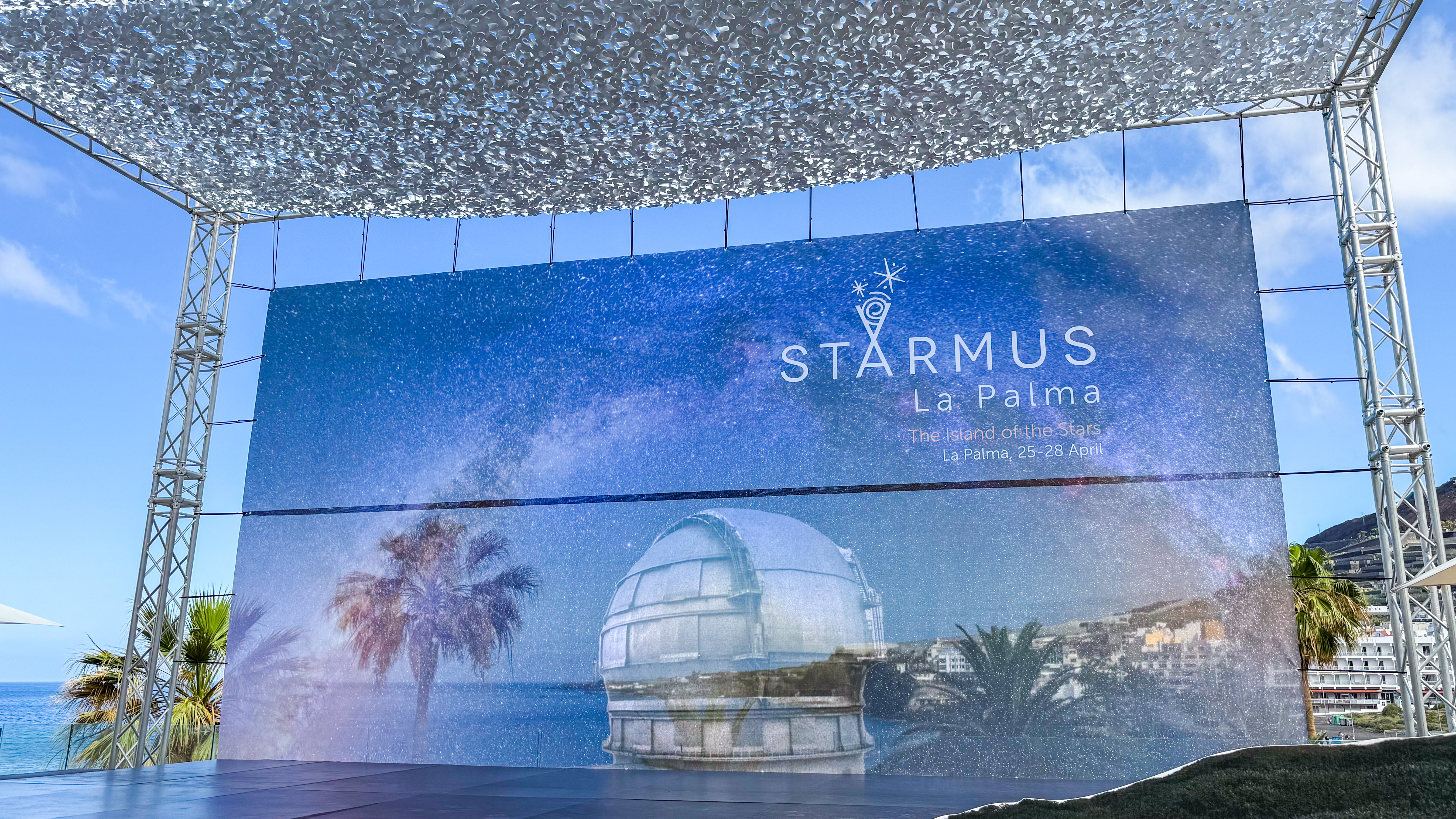NASA Will Launch a Lunar VIPER to Hunt Moon Water in 2022
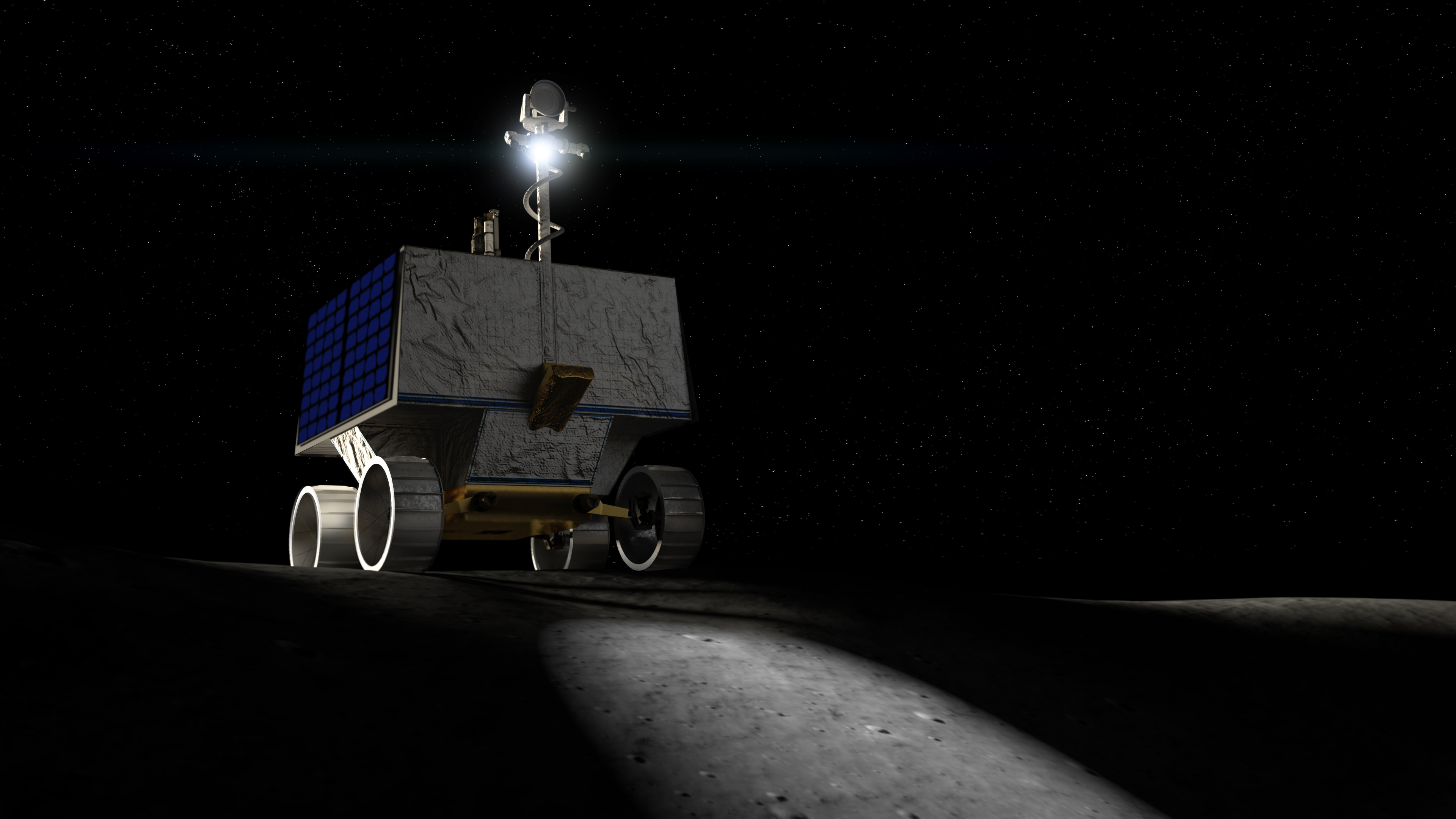
WASHINGTON — NASA has unveiled a new spacecraft that the agency hopes to send to the moon to scout out water ice near the lunar south pole. Many people see lunar water as a vital resource for future missions.
Agency Administrator Jim Bridenstine formally introduced the project at the 70th International Astronautical Congress in Washington today (Oct. 25). But NASA personnel have been publicly discussing the mission, dubbed the Volatiles Investigating Polar Exploration Rover (VIPER), for weeks.
"VIPER is going to rove on the south pole of the moon," Bridenstine said. "VIPER is going to assess where the water ice is." Scientists have established from spacecraft orbiting the moon that our neighbor is chock-full of such ice, but once NASA maps precisely where this material is, the findings could reshape what is possible for future visits by both humans and robots.
Watch: NASA Unveils a VIPER for the Moon
Related: Moon VIPER: NASA's Water-Sniffing Rover for the Lunar South Pole
"Water ice represents something significant — life support. Water ice is oxygen to breathe. It's water to drink," Bridenstine said. "Then, you crack it into its parts — hydrogen and oxygen is the same rocket fuel that powers the space shuttle. It's the same rocket fuel that powers the SLS rocket," or Space Launch System rocket, which NASA is building to carry astronauts back to the moon.
Earlier in the weeklong meeting, NASA personnel offered more details about the motivation behind the rover. "It's great to have static landers, but we want to get out there and roll around," Brad Bailey, program scientist with NASA's Lunar Discovery and Exploration Program, said during a presentation on Oct. 21. "VIPER is a big part of that."
According to a NASA statement released in conjunction with Bridenstine's announcement, VIPER will be about the size of a golf cart and should arrive on the moon in December 2022. NASA estimates the project will cost about $250 million. VIPER will be carried to the moon by a commercial lander, and that means that in the coming weeks, NASA will need companies to submit plans for heftier landers than discussed so far, Bailey said.
Get the Space.com Newsletter
Breaking space news, the latest updates on rocket launches, skywatching events and more!
VIPER will work for about 100 days, according to the statement, addressing one of the agency's key goals at the moon: to develop machinery that can work even in the dark. Because VIPER will land so close to the lunar south pole, it should never experience the bitterly cold, two-week darkness that characterizes the lunar night in more-equatorial regions. But it will be designed to withstand 96 hours of darkness.
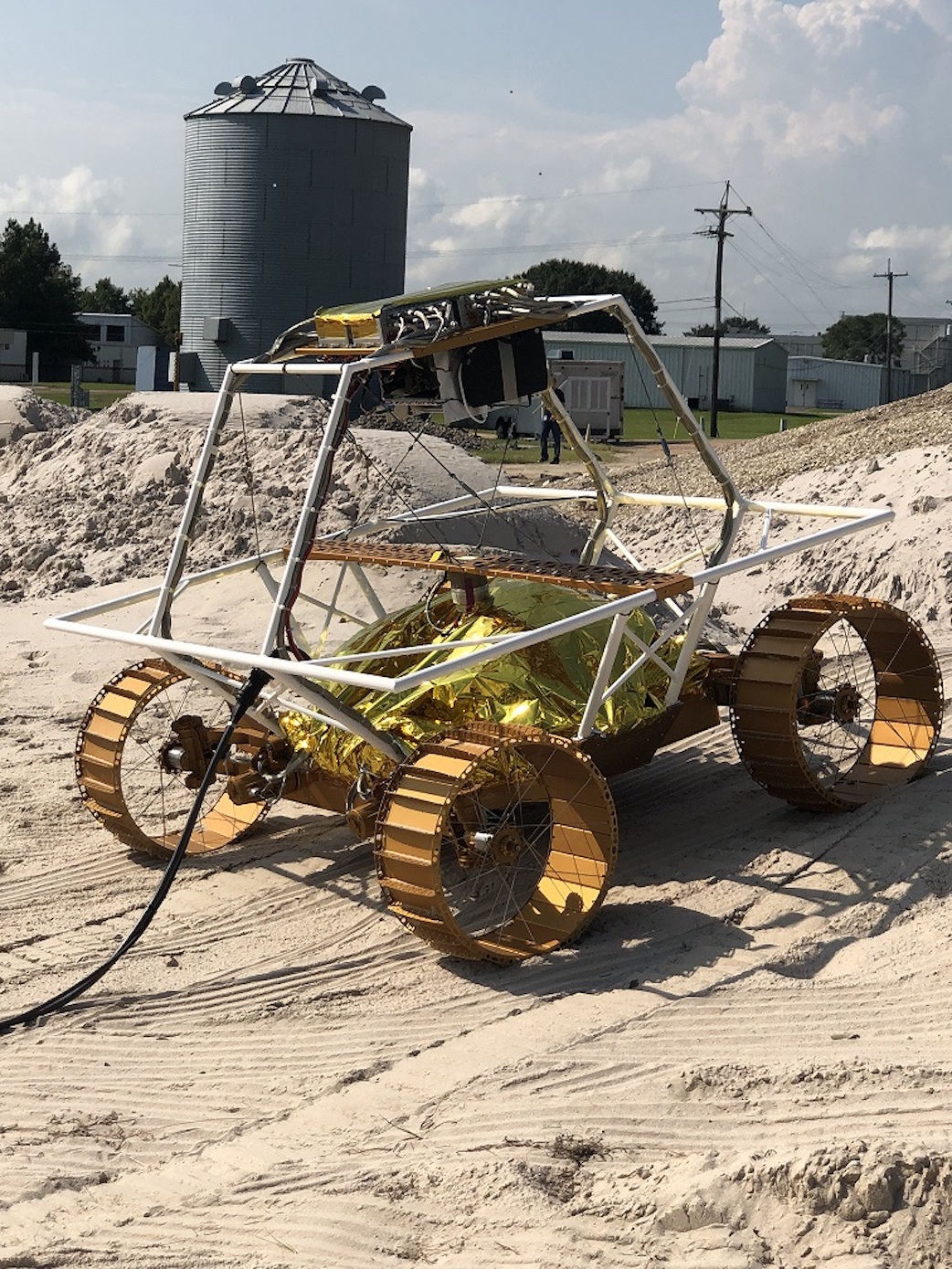
Onboard VIPER will be four instruments: a drill that can reach up to 3 feet (1 meter) below the surface and three different spectrometers to study the surface and material pulled up by the drill. Taken together, the instrument suite should let scientists map ice trapped under the lunar surface, then compare those measurements with orbital data to expand the mission's findings across the moon.
VIPER's mobility will be vital to allow the mission to accomplish its goals, letting the rover cover enough ground to draw scientific conclusions. "We are still, at this time, determining what landing sites we want to go to," Bailey said. "But ultimately, we would like to go out and 'mow the lawn,' so to speak, and go to a variety of different terrains [over a relatively large swath of surface]."
Both Bailey's presentation and Bridenstine's announcement came during a week filled with a steady drumbeat of both ambitious lunar goals and competing science priorities.
"We really just want to impress upon you that, yes, Mars is a destination for us, but the moon really has a lot of intrinsic merit for science and exploration and is a wonderful place to visit in and of itself," Bailey said.
- It's 2019. Why Haven't Humans Gone Back to the Moon Since the Apollo Missions?
- From Apollo to Artemis — How Astronaut Food May Change for the Moon
- How to Make Moon Water: Add Solar Wind, Tiny Meteorites and Then Heat
Email Meghan Bartels at mbartels@space.com or follow her @meghanbartels. Follow us on Twitter @Spacedotcom and on Facebook.
Join our Space Forums to keep talking space on the latest missions, night sky and more! And if you have a news tip, correction or comment, let us know at: community@space.com.

Meghan is a senior writer at Space.com and has more than five years' experience as a science journalist based in New York City. She joined Space.com in July 2018, with previous writing published in outlets including Newsweek and Audubon. Meghan earned an MA in science journalism from New York University and a BA in classics from Georgetown University, and in her free time she enjoys reading and visiting museums. Follow her on Twitter at @meghanbartels.
